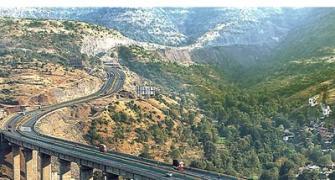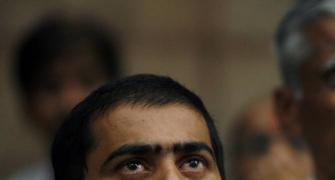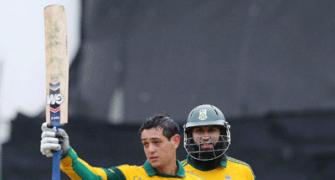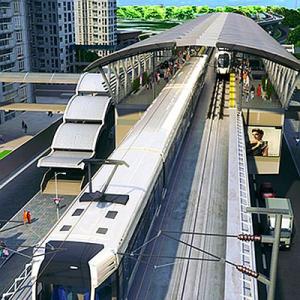Lender for big-ticket projects IDFC, which has won a banking licence, was set up in 1997 as a specialised lender to long-gestation infrastructure projects.
.jpg?w=670&h=900) IDFC has, over the years, emerged as an integrated lender. This includes ownership of infrastructure assets, project and corporate finance, consultancy and advisory services.
IDFC has, over the years, emerged as an integrated lender. This includes ownership of infrastructure assets, project and corporate finance, consultancy and advisory services.
It has also diversified into asset management (mutual funds, private equity and alternate assets), investment banking and brokerage.
Term-lending, however, remains its core business, accounting for nearly 95 per cent of its consolidated revenues of Rs 8,138 crore (Rs 81.38 billion) in FY13.
The company's assets are divided accordingly, with 97 per cent of its assets employed in the financing business in the last financial year.
In the last five years, IDFC's assets have grown at a compound annual growth rate (CAGR) of 19.6 per cent to Rs 68,393 crore (Rs 683.93 billion) at the end of FY13, making it India's fifth-largest non-banking finance corporation (NBFC), behind HDFC, Power Finance Corporation, Rural Electrification Corporation (REC) and LIC Housing Finance.
IDFC, however, has been a slow mover, despite a boom in infrastructure lending, with the company growing less than its peers in the last five years, with the exception of HDFC.
Unlike other large NBFCs, IDFC has a diversified loan portfolio within the infrastructure space, with the power sector accounting for 40 per of its portfolio and the rest split between transport (25 per cent), telecom (22 per cent) and others (13 per cent).
"IDFC's diversified loan portfolio should help it to weather the tough environment in the infrastructure sector," writes Santosh Singh of Espirito Santo.
This makes IDFC less risky for investors vis-à-vis its peers.
IDFC also has a large investment portfolio that includes equity investment in infrastructure companies and special purpose vehicles (SPVs) implementing specific projects. At the end of FY13, IDFC had nearly Rs 3,500 crore in over 75 different infrastructure companies and SPVs.
But, despite the diversification, IDFC lags peers in creation of shareholder returns. In FY13, IDFC reported return on equity (RoE) of 13.1 per cent, among the lowest in NBFC space with the exception of L&T Finance.
REC topped the chart with RoE of 21.9 per cent followed by HDFC (19.4 per cent) and Power Finance Corporation (18.4 per cent). This is reflected in its share price.
Analysts partly attribute this to its status of infrastructure finance company (IFC) that limits growth possibilities. "Being an IFC it has a minimum capital adequacy requirement of 15 per cent (versus 9 per cent for banks) that limits the amount by which it can grow its loan book beyond its equity base.
For faster growth, IDFC would have to raise more equity, which would continue to put pressure on its RoE in the future," writes Suruchi Jain of Morningstar in a recent report.
A banking licence will take care of capital constraints by giving it access to low-cost bank deposits and reduce reliance on high-cost term loans and, thus, help expand margins.
Transforming into a bank would also enable it to lend to the retail segments and cross-sell profitable fee-based products and services to its bank customers.
While the banking licence will prove beneficial for IDFC in the long run, analysts expect some pressure in the short to medium term.
In an April 2 report, Adarsh Parasrampuria and Pritesh Bumb of Prabhudas Lilladher, said, "We expect IDFC's RoEs (return on equity) to come back to 12-13 per cent after dipping to single digits in the first three-four years, even after assuming Casa (current account-savings account)/branch of Rs 25-30 crore (in first five-six years) which is similar to Kotak/IndusInd Bank's current Casa/branch.
Ability to leverage higher will be the key benefit for IDFC, but growth will likely be slow initially to limit transition period pain.
Thus, we expect payback to be back-ended for IDFC even on assuming they can deliver on Casa (without having a retail foot print currently)."
The downside is that it takes time and lot of capital to build a brand and a large enough branch network to become a serious retail bank.
"Gains from banking licence is a long-term play and gains will take years to show on the balance sheet," says a banking analyst with a leading brokerage on condition of anonymity.










